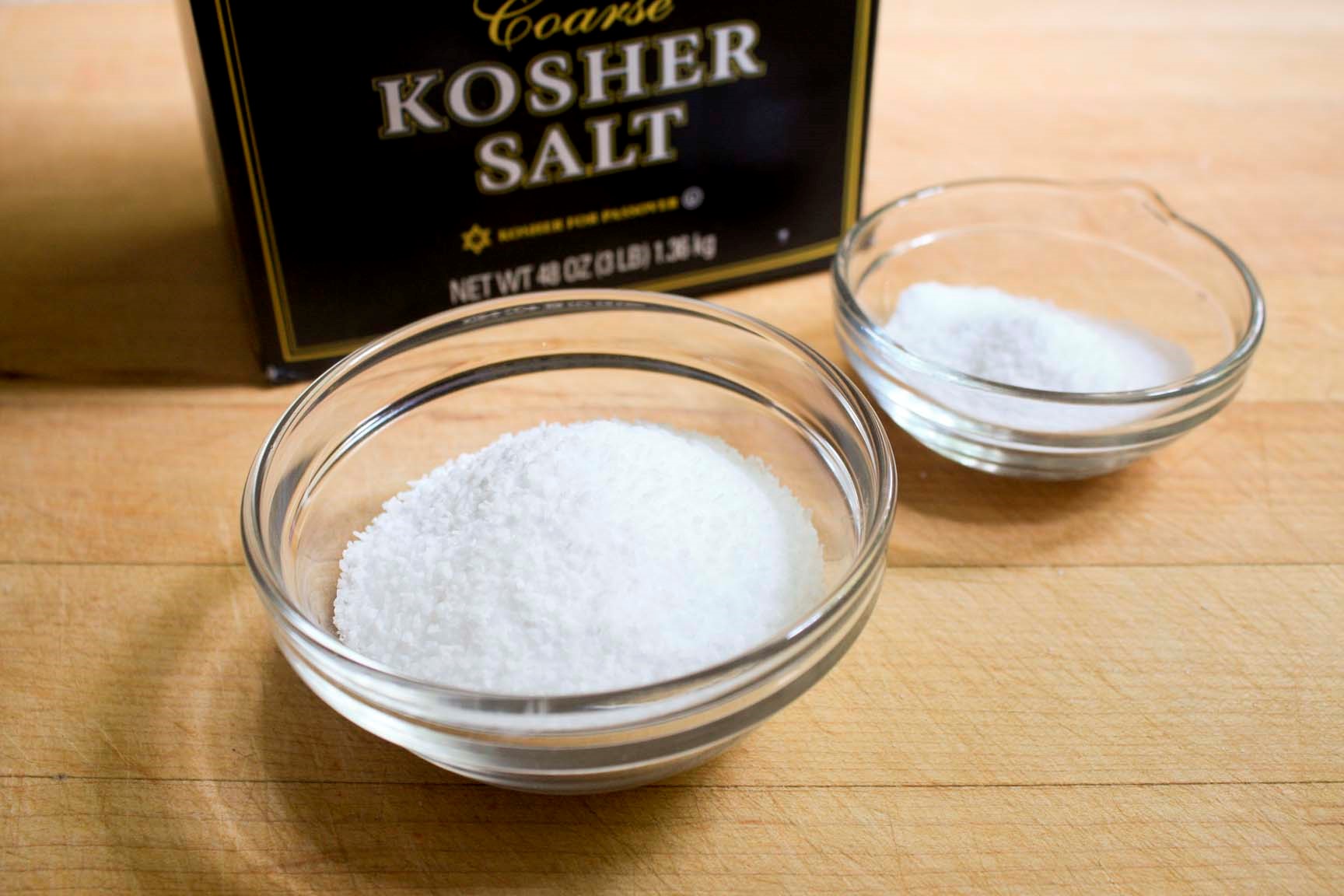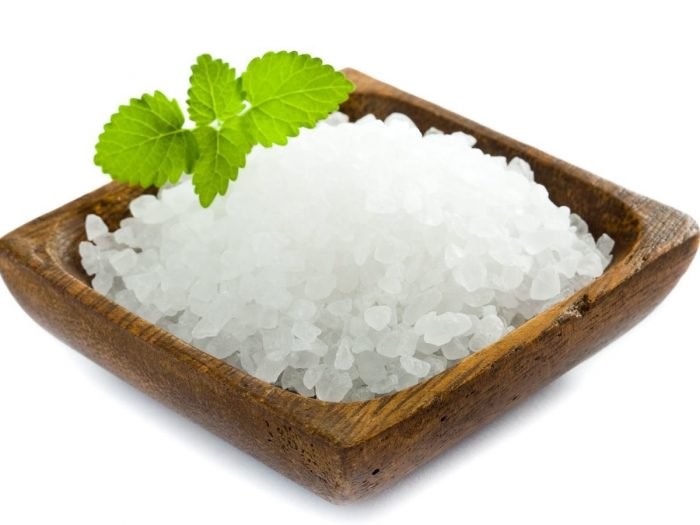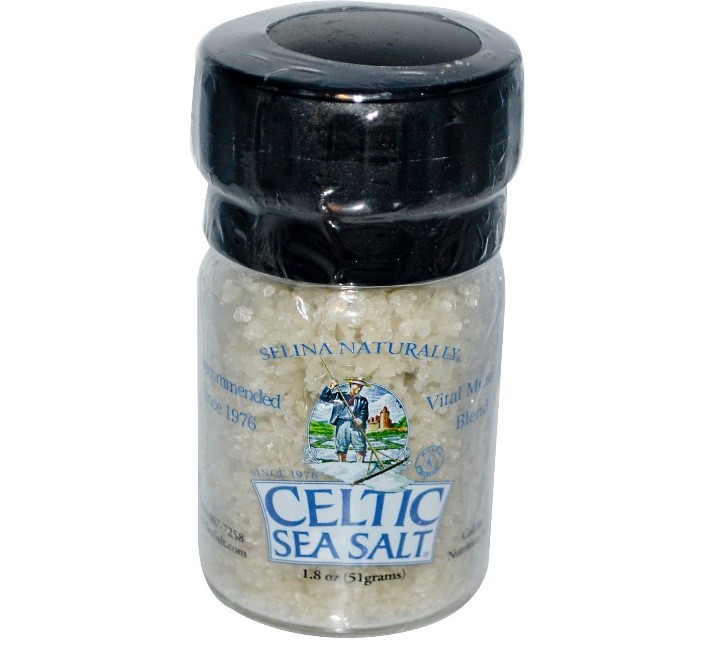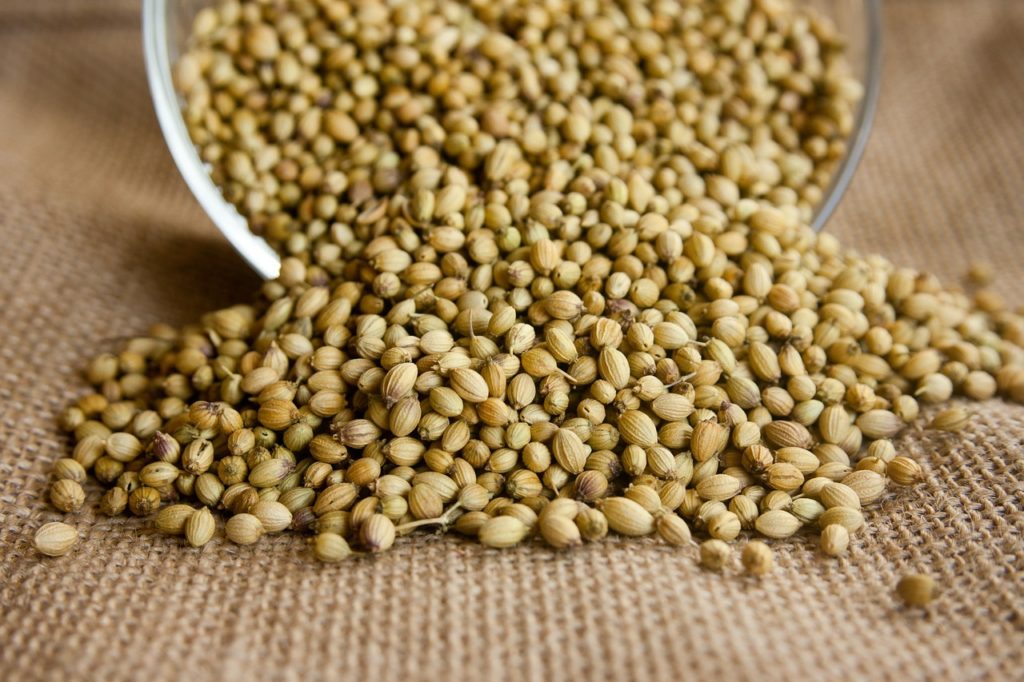Salt, The Magical Ingredient
In your kitchen, there is not a single important component than salt. Apart from being one of the five basic preferences (salty, sweet, bitter, sour, and umami), salt has characteristics that release food substances to the atmosphere, giving the meals delightful aroma – a fundamental element of taste. If you have ever eaten your chosen food while struggling or battling a cold you’ll know precisely how significant smell is to your nose. That is why the different types of sodium are important to distinguish.
Different Use of Salts:
Salt also illustrates and suppresses the several flavors we taste inside our food. In smaller amounts, sodium usually curbs bitterness, but improves sugary, sour and umami taste providing sugary and sour meals a different flavor. At higher concentrations, it reduces the sweetness and enhances umami, so that it is simply perfect for savory meals.
Salt makes food’s flavor good, and that is simple to point out, right?
Shockingly, as it might be, there is justification to keep these different types of salt around in your kitchen. Let’s have a look into 5 different kinds of salt and what makes them preferable.
- TABLE Salt:
It is most frequently gathered from salt debris found beneath the surface. It’s highly processed and finely surfaced with pollutants and trace nutrients removed along the way. It’s also cured with an anti-caking agent to avoid clustering.
Iodization is used for most table salt, indicating that iodine has been put into to prevent iodine deficit, which can lead to maladies and hypothyroidism.
- KOSHER Salt:
Large size in grain helps it to be exquisite for sprinkling together with meats, where it emits a surprising flavor. This also dissolves very quickly, rendering it a perfect all-purpose cooking salt.
However, most kosher salt will not have any pre-added iodine, and seldom it contain any anti-caking formula. Regardless of the name, all kosher sodium is not qualified or professional in use kosher. Alternatively, it’s found in the process of koshering, when surface liquids are taken off through desiccation from beef. It can be used on pork roast and popcorn.
- SEA Salt:
It is extracted from water of the sea. Sea sodium is usually unprocessed and more grist than table salt. In addition, it has a few nutrients beforehand from where it was obtained such as zinc, potassium and flat iron. This gives sea salt a more sophisticated flavor.
“Sea salt” is a fairly wide term, because it offers mixed taste and contains some of the different types of salt. Sprinkle it together with foods for a new bigger mouthwatering taste than table salt.
- HIMALAYAN PINK Salt:
Among the different types of salt, Himalayan salt is the clearest form of sodium on the planet and is gathered manually from Khewra Salt Mine in Pakistan. Its color runs from pale white to light pink. Abundant with minerals it includes the 84 natural nutrients and elements within our body. Himalayan salt can be used in spa treatments, as well as for kitchen use.
Its nutrient content offers it an intrepid flavor than a great many other salts, so make use of it as a cooking salt or even to add somewhat flavor to a margarita! Himalayan salt holds temperature for a long period of time and unfinished portions often appear in shops as light bulbs.
- CELTIC SEA Salt:
Celtic sea salt is gathered from the bottom of ponds beside the coastline of France. The salt crystals are collected after it sinks. In addition, the nutritious seawater from which it is extracted, offers Celtic salt damp, bulky grains which appears in greyish color and gives salty taste.
It is amazing to have on seafood as well as on meats. Celtic salt can also be used for baking.
Sharing is Caring and it’s just a click away! If you find this post useful, I would really appreciate if you could please share it with your friends on social medias. Thank you.
Bone Appetite & Happy Cooking!









Great! Very informative
Thanks
Thank you for your comment, Shibu. Cheers!